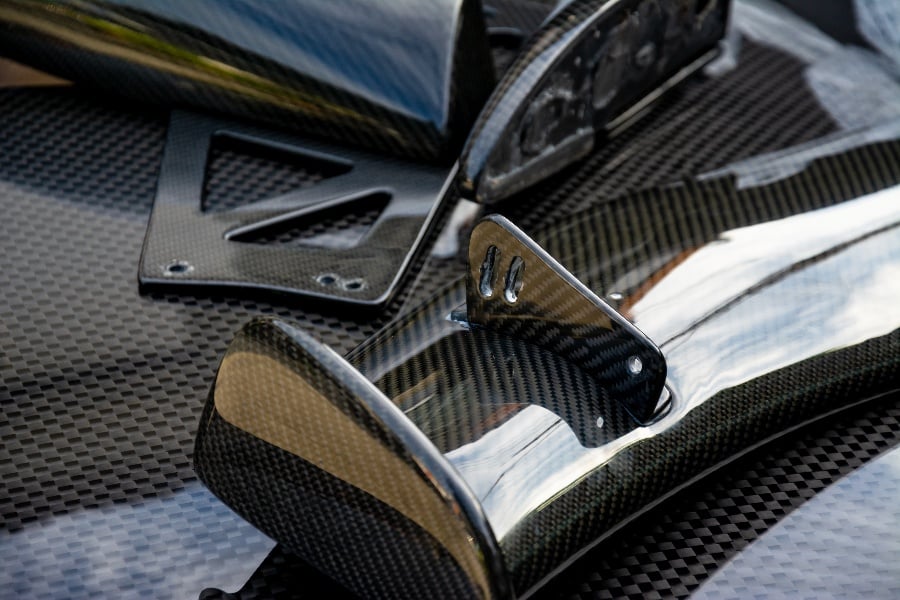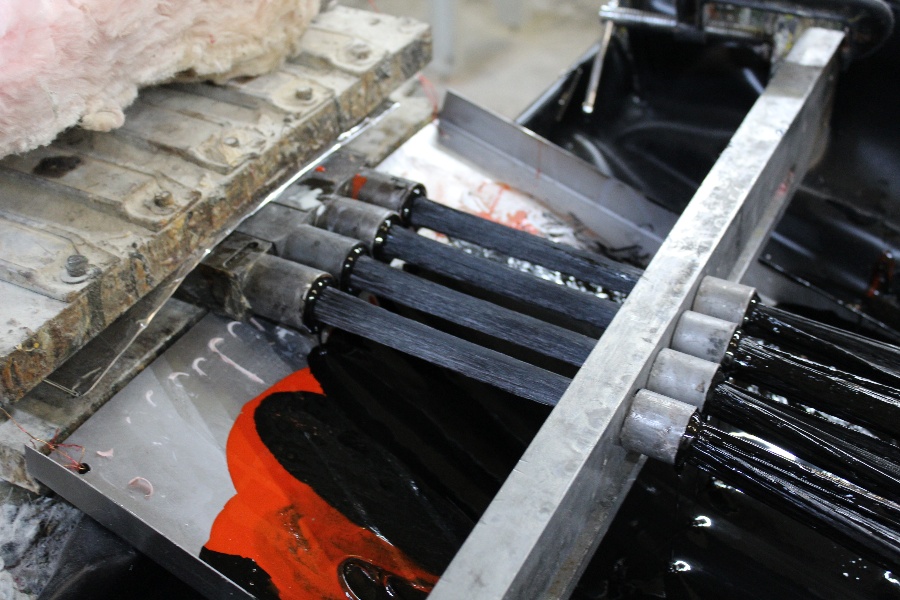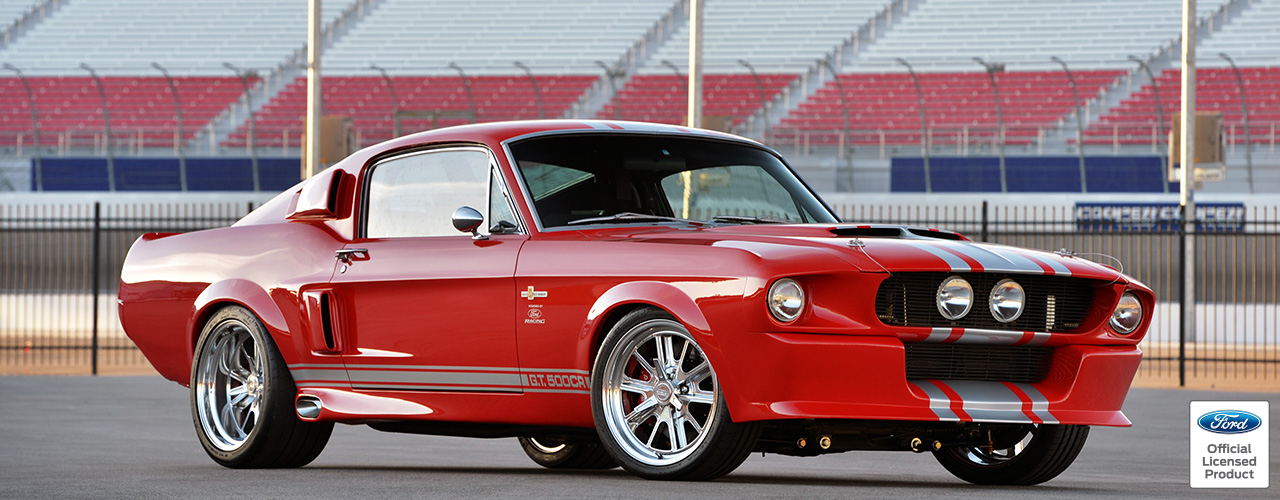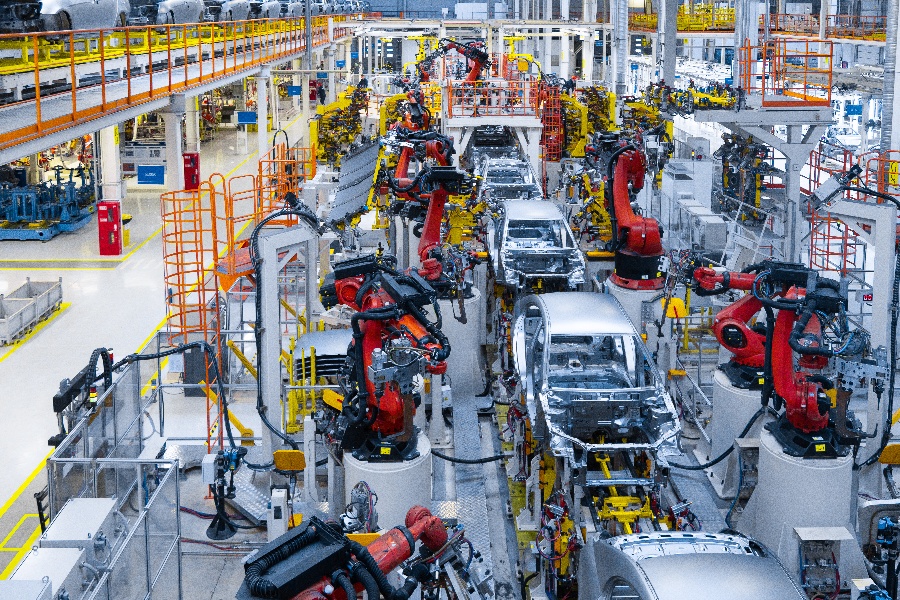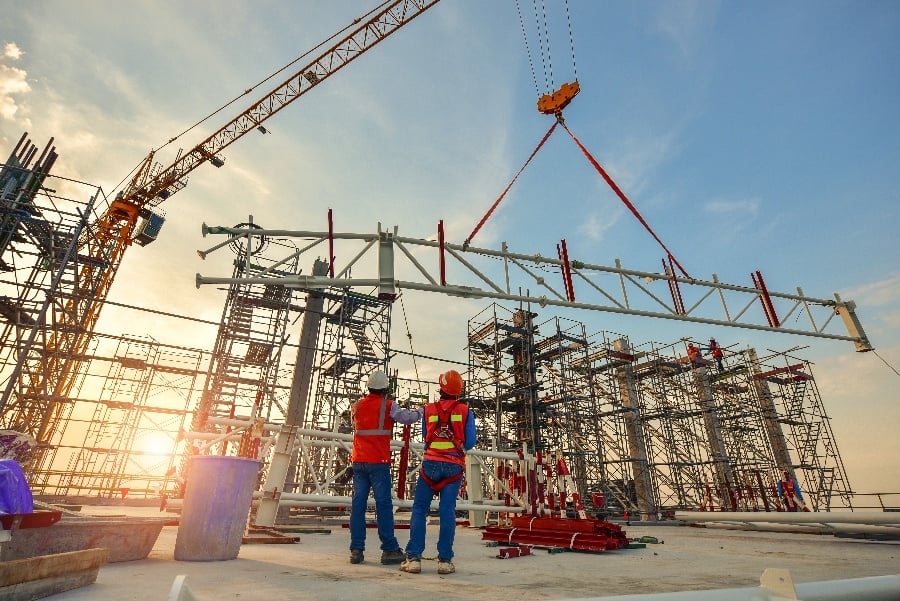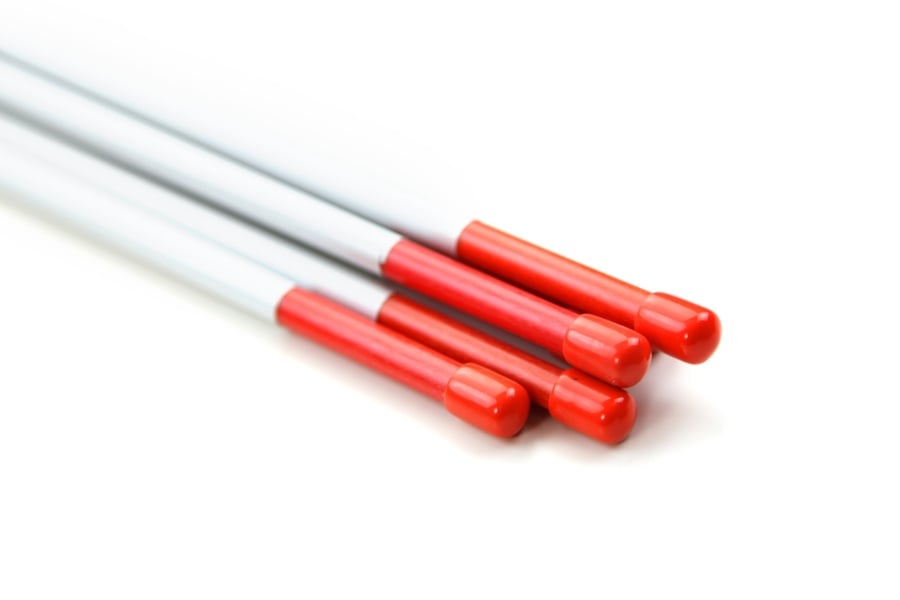
When it comes to Fiber Reinforced Polymer (FRP) composite materials, no industry or mode of transportation is off-limits. If you are familiar with pultruded products, then you already know that fiberglass and carbon fiber profiles can be used to make just about anything.
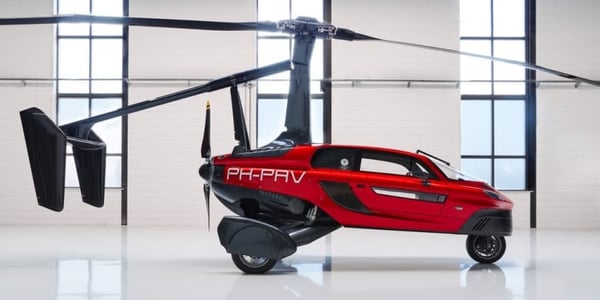
Pic Credit: Pal-V
We’ve seen everything from zero-gravity spacecraft to G-force-inducing supercars. But did you ever stop and think about combining the flight with the convenience of a car?
The folks over at PAL-V did. Engineers have created a flying car made out of FRP composites. Allow us to share the details with you.
The Liberty
Aside from being science fiction films Back to the Future, Blade Runner, and The Fifth Element all have one thing in common – they all have flying cars. While the concept may seem like it could not be a reality within our lifetime, it’s actually well on its way to fruition.
Known as the Liberty, this carbon fiber hybrid vehicle may very well be the first-ever commercially available flying car.
Initial prototypes date back to 2012. The concept model started the process of aviation certification via the European Aviation Safety Agency (EASA) in 2015. It is expected to be fully certified for flight by 2022.
The Liberty features a hybrid chassis that is constructed out of carbon fiber and heat-treated steel tubes. As a two-seater that can hold up to 2,006 pounds (910 kg) and travel on the ground as well as in the air.
For ground travel, the engine produces 100 hp and can hit a top speed of 99 mph (160 km/hr). On the other hand, it generates 200 hp in the air and can reach a speed of 112 mph (180 km/hr) while flying. It can also climb up to 11,482 feet (3,500 m), which is about the same as most private planes.
The entire point of a flying car is that it provides people with the option to either drive or fly. This means that the Liberty had to be road tested.
Undergoing intense European road admission tests, this innovative ride was put through numerous evaluations on tracks designed to assess the brakes, emissions, noise pollution, and speed.
It passed these trials with flying colors. Now, all it needs is a license plate to be street-legal in Europe.
Weighing 1,455 pounds (660 kg), this lightweight car accelerates like a sports car. Test drivers have reported that it provides a smooth ride experience and responsive steering.
FRP Composites in Aviation
From airplane interiors to fuselages, FRP composites are being used in the aviation industry every day. Let’s take a look at a few examples.
Students and professors at Sheffield Hallam University in the UK have created a specialty resin that can be used to manufacture fire-proof airplane cabins. This polyfurfuryl alcohol (PFA) concoction is also eco-friendly since it only produces bio-waste.
Another example comes from right here in the United States. Featuring an all-carbon-fiber frame, the new Diamond Aircraft DA50 RG is one of the most lightweight private planes available. Not only does it get exceptional mileage with its jet fuel, but it is also resistant to heat and rust.
The last aviation example that we will cover is the Hill Helicopter HX50. With its FRP composite fuselage, it is more lightweight and fuel-efficient than its competitors.
At this point, you may have noticed a trend in aviation. FRP composites create fire-resistant, rust-resistant, lightweight aircraft which results in better fuel efficiency. Not only are the aircraft better with fuel, but they also require very little maintenance and will last a very long time.
FRP Composites in Automotive
Switching gears, let’s now take a look at how FRP composites are being used in the automotive industry. Fiberglass and carbon fiber are commonly seen as components for sports cars and supercars.
One example is the recent recreation of the classic 1967 Mustang Shelby GT500 CR. The goal was to rebuild one of these iconic models out of fiberglass and carbon fiber. After stripping the vehicle down to its steel bones, engineers reconstructed the vehicle with curved carbon fiber body panels. The result was a gorgeous recreation of a classic car that was also lightweight and durable.
Another example is the Donkervoort D8 GTO-JD70 Bare Naked Carbon Edition model. Its steel ladder frame is reinforced with carbon fiber components to create a stronger body. What makes this vehicle even cooler is that most of the FRP composite frame is exposed, which is why it’s referred to as the Bare Naked Carbon Edition.
The benefits of FRP composite profiles in the automotive industry are similar to the benefits of using this material in aviation. These lightweight structures optimize the vehicle's fuel economies which everyone loves.
Resistance to heat, moisture, impact, and natural elements means that car collectors don’t have to worry so much about rust, corrosion, or decay. It’s win-win all around.
Enhancing FRP Composite Profiles
Here at Tencom, our experts have over 50 years of experience with fiberglass and carbon fiber profiles. We offer a wide range of pultruded products that can be customized to suit your specific needs.
We also provide specialty resins that can improve the product's overall strength and resistance to fire.
From fiberglass rods for reinforcements to sporting goods, we can produce just about anything. Taking things a step further, we also offer custom colors for pultruded products.
During the pultrusion process, we can inject pigments into the liquid resin mixture. This can be done to create a pattern or design, and it can also be done to add color to an entire piece. For example, if you need fiberglass rods that are similar sizes but made for different purposes, a great way to keep them organized would be to have them color-coded.
To learn more about custom pultrusion from Tencom, get in touch with our team today.





